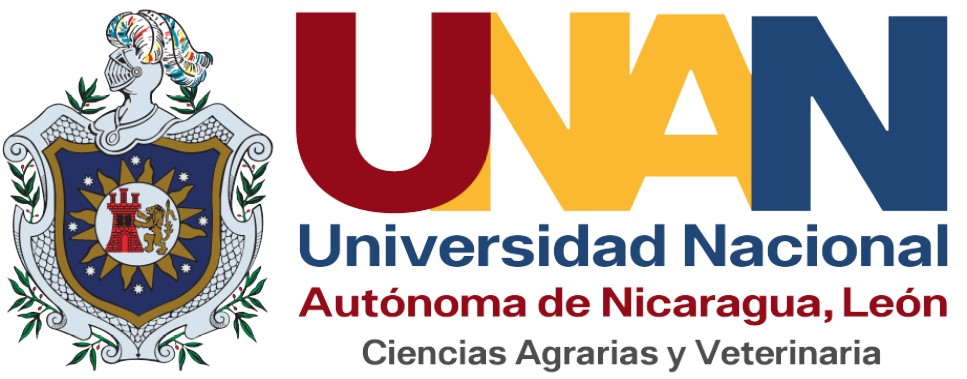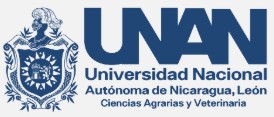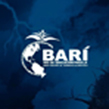Advances of Archosargus probatocephalus (WALBAUM, 1792) in aquaculture in response to climate change
DOI:
https://doi.org/10.5377/ribcc.v3i5.5939Keywords:
Food and sustainable security, Crops, Environmental qualityAbstract
A reduction of up to 40% in fishing due to the effects of climate change in tropical regions is expected, causing the impact on primary productivity affecting mainly fish populations that carry out their reproduction in reefs and estuaries; In addition to this, there is no physical and economic access to sufficient, safe and nutritious food to meet the food needs of the population. For these reasons aquaculture was thought of as a response to the reduction of fishing and sustainable food production, with a native fish that lives in areas of estuaries and reefs, such as the sea bream, which due to its biological and economic characteristics may be suitable for aquaculture To this end, an experimental culture was established from December 2011 to March 2012 at the Technological Institute of Boca del Río, consisting of 2
circular ponds of 25 m3, in closed area, with aquaculture recirculation system, salinity of 30 ppm (+1), pH of 8.3 (+ 0.4) and temperature of 26 ° C (+ 2). At first, aggressive behavior was observed, so shelters were introduced and an improvement was observed. A diet of bivalve molluscs was established, after
with a custard based on squid and finally with balanced food. Being that it had good adaptation to captivity, good acceptance of the balanced feed, obtaining a 95% survival in culture, in addition the sea bream has good wreck in the market, for these reasons it is considered a suitable species for the culture.
Downloads
Metrics
References
Benson, N. G. (Ed.). (1982). Life history requirements of selected finfish and shellfish in Mississippi Sound and adjacent areas. Fish and Wildlife Service.
Castillo-Rivera M., R. Zárate-Hernández e I. Salgado-Ugarte Isaías H. (2007). Hábitos de alimento de juveniles y adultos de Archosargus probatocephalus (Teleostei: Sparidae) en un estuario tropical de Veracruz. Hidrobiológica 17(2): 119-126.
Chavance, P., Yáñez-Arancibia, A., Flores-Hernández, D., Lara-Domínguez, A., & Amezcua-Linares, F. (1986). Ecology, biology and population dynamics of Archosargus rhomboidalis (Pisces: Sparidae) in a tropical coastal lagoon system, southern Gulf of Mexico. In Anales del Instituto de Ciencias del Mar y Limnología, Universidad Nacional Autónoma de México 13(2): 11-30.
FAO 2006. Policy Brief June 2006 Issue 2. Ed. FAO, Roma, Italia.
Gunter, G.A. (1945). Studies on marine fishes of Texas. Publication of the Institute of Marine Science, University of Texas, Austin, Texas 1(1):45-46.
Juneau, C. L., & Barrett, B. B. (1975). An inventory and study of the Vermilion Bay-Atchafalaya Bay complex. Louisiana Wildlife and Fisheries Commission. Technical Bulletin Number 13, 153 p.
López-López, E., Salgado-Mejía, M. & Guzmán-del Proo, A. (1991). Un análisis estacional de la ictiofauna de la Laguna de Tampamachoco, Veracruz, y sus hábitos alimentarios. An. Esc. Nal. Cienc. Biol. México, 34, 81-107.
Kentoyri M., M. Pavlides, N. Papandroulakis & P. Divanach. (1993). Culture of the red porgy, Pagrus pagrus, in Crete. Present knowledge, problems and perspectives. Department of Aquaculture Institute of Marine Biology of Crete P.O. Box 2214, Gr-710 03 Iraklio, Crete Greece. 65-78.
Matlock, G.C. & M.A. García. (1983). Stomach contents of selected fishes from Texas bays. Contributions in Marine Science 26:95-110.
Odum, W.E. & E.J. Heald. (1972). Trophic analysis of an estuarine mangrove community. Bulletin of Marine Science 22(3):671-738.
Overstreet, R.M., & R.W. Heard. (1982). Food contents of six commercial fishes from Mississippi Sound. Gulf Restoration Reports 7:137-149.
https://doi.org/10.18785/grr.0702.05
Perret, W.S., B.B. Barret, W.R. Latapie, J.F. Pollard, W.R. Mock, G.B. Adkins, W.J. Gaidry, & C.J. White. (1971). Cooperative Gulf of Mexico estuarine inventory and study, Louisiana. Phase IV, Biology. Louisiana Department of Wildlife and Fisheries Commission. 31-175.
Roessler, M. A. (1970). Checklist of fishes in Buttonwood Canal, Everglades National Park, Florida, and observations on the seasonal occurrence and life histories of selected species. Bulletin of Marine Science, 20(4), 860-893.Bulletin Marine Science
Springer, V.G. & K.D. Woodburn. (1960). An ecological study of the fishes of the Tampa Bay area. Florida State Board of Conversation, Marine Laboratory. Professional Paper Series Number 1:1-104.
Tarver, J. W., Savoie, L. B., & Barrett, B. B. (1976). An inventory and study of the Lake Pontchartrain-Lake Maurepas estuarine complex. Technical Bulletin, (19).
Tucker JR, J. W. (1987). Sheepshead culture and preliminary evaluation for farming. The Progressive Fish-Culturist, 49(3), 224-228.
https://doi.org/10.1577/1548-8640(1987)49<224:SCAPEF>2.0.CO;2
Vega‐Cendejas, M. E., Hernández, M., & Arreguin‐Sanchez, F. (1994). Trophic interrelations in a beach seine fishery from the northwestern coast of the Yucatan peninsula, Mexico. Journal of Fish Biology, 44(4), 647-659.
Downloads
Published
How to Cite
License
Copyright (c) 2018 Revista Iberoamericana de Bioeconomía y Cambio Climático

This work is licensed under a Creative Commons Attribution-NonCommercial-ShareAlike 4.0 International License.
Copyright © 2025 Rev. iberoam. bioecon. climate change. National Autonomous University of Nicaragua León (UNAN-León), Knowledge Area of Agrarian and Veterinary Sciences / Specific Area of Agroecology and Agribusiness / Center for Research in Agrarian Sciencies. Academic Directorate. Research Department. Publication and scientific events Unit.












 EDITORIAL
EDITORIAL e-ISSN
e-ISSN


 COPYRIGHT
COPYRIGHT This work is licensed under a Licencia Internacional
This work is licensed under a Licencia Internacional 












